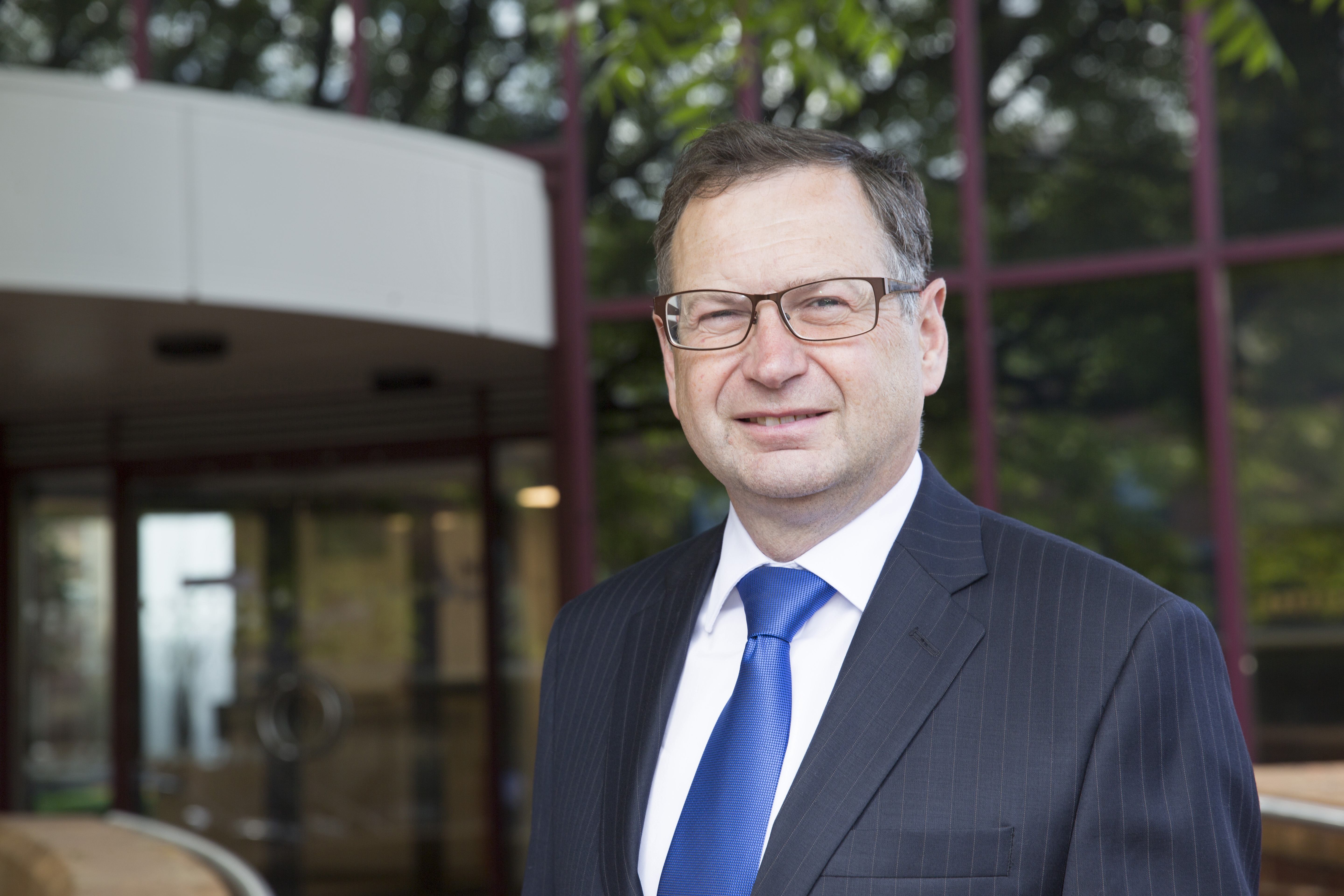On 5 April, 2016, Highways England published its Innovation strategy which sets out for the first time its wide-ranging plan to ensure it is keeping pace with advances in technology, bringing benefits to road users up and down the country as well as unlocking economic growth.

A connected corridor or ‘wi-fi road’ could see cars and infrastructure wirelessly connected, with drivers receiving news of advanced road closures or congestion warnings. The strategy also includes trialling radar technology on motorways and in tunnels to improve the way breakdowns are detected. The strategy builds on the announcement by Chancellor George Osborne in the March 2016 Budget that driverless cars will be tested on motorways by the end of 2017.
Roads Minister Andrew Jones said: “Innovation is absolutely critical to our £15 billion investment plan for roads. A more reliable road network is good news for motorists and good news for the economy. Quicker, safer roads will improve access to jobs and opportunities. Placing Britain at the forefront of innovation and research in this area will also create more jobs and investment.”
Highways England Chief Executive Jim O’Sullivan said: “We’re committed to using innovation to benefit the millions of journeys made on England’s Strategic Road Network today and in the future. We will work with our partners in the supply chain, technology specialists and the automotive industry to trial new technologies that will help make journeys on our roads safer, more reliable and better informed. This will involve supporting trials of better connected and autonomous vehicles on our motorways by the end of next year, testing radar technology to better detect breakdowns, and trialling fuel price signs on the M5 between Bristol and Exeter.”
The strategy confirms research and development in: radar technology and autonomous vehicles on motorways; specially adapted wireless vehicles; improved signalling of junctions on motorways; the use of sensors to provide better information about the condition of roads, bridges and tunnels; the creation of a Test and Innovation Centre to pioneer new research; the development of ‘expressways’ on A-roads to encourage more free-flowing traffic.
Photo: Highways England Chief Executive Jim O’Sullivan.